



May 27, 2020
 Members of DiiA (the DALI Alliance) and Bluetooth SIG are developing specifications for a standardized Bluetooth mesh interface for DALI-2 and D4i devices, which will enable connectivity with wireless Bluetooth mesh networks.
Members of DiiA (the DALI Alliance) and Bluetooth SIG are developing specifications for a standardized Bluetooth mesh interface for DALI-2 and D4i devices, which will enable connectivity with wireless Bluetooth mesh networks.
The collaboration between DiiA and the Bluetooth Special Interest Group (SIG), the trade association that oversees Bluetooth technology, was announced today.
The image shows one specific implementation of DALI-Bluetooth gateways. Here, a single room contains a network of D4i luminaires connected by Bluetooth mesh. Lighting control is achieved via the intra-luminaire DALI bus, making use of data from onboard sensors (AL = ambient light, OC = occupancy, ENV = environmental). Meanwhile the D4i LED drivers are able to store and report a standardized data set – luminaire, energy and diagnostics data – that is available via the Bluetooth mesh network to a connected building management system.
>> View the press release
“Combining Bluetooth mesh with DALI is a natural choice for the commercial lighting industry,” says Paul Drosihn, DiiA General Manager. “The combination enables sensor-rich lighting systems and will deliver powerful new IoT capabilities to building managers. This will include automated light-level and color control, advanced luminaire performance monitoring including energy usage and predictive maintenance, as well as enhanced services such as asset tracking and indoor navigation.”
“Commercial building owners around the world are being asked to improve energy efficiency while also enhancing the occupant experience,” said Mark Powell, CEO of the Bluetooth SIG. “The IoT-enabled intelligent lighting systems this collaboration enables promise to deliver the exact solution these building owners need.”
Combining DALI with wireless
As well as the standardized interface or gateway approach described above, DiiA is also developing specifications for “DALI over Bluetooth mesh”. Here, DALI commands are transported over an underlying wireless carrier, in this case Bluetooth mesh.
In contrast, the interface/gateway approach involves translation between the DALI protocol on one side and Bluetooth mesh on the other side. The focus is on the mapping of functionality and data between Bluetooth mesh and DALI.
The goal in both cases is to create or adapt test specifications, which will in turn enable certification. Further details will be available in due course.
In related news, DiiA recently announced a collaboration with the Zigbee Alliance to develop specifications for a DALI-to-Zigbee gateway.
Also, DiiA announced a liaison with the Thread Group, which will enable the deployment of IP-based DALI-over-Thread networks.
>> More on DALI and wireless
► Sign up to join our mailing list and receive our newsletter